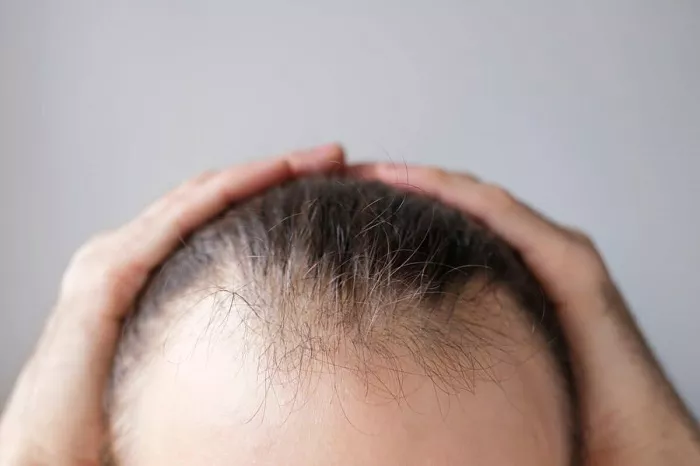Researchers discover how a crucial protein protects hair stem cells—potentially paving the way for future hair loss treatments.
A groundbreaking study published in Nature Communications has identified a vital protein that helps hair follicle stem cells (HFSCs) survive and regenerate, offering fresh hope for millions affected by baldness. The international research team, comprising scientists from Australia, Singapore, and China, revealed that the protein MCL-1 plays an essential role in keeping hair follicles healthy and capable of regrowth.
A Protective Role in Hair Regeneration
Hair follicles cycle through phases of growth, rest, and shedding, with HFSCs driving the production of new hair. The study found that MCL-1 is indispensable to this process. In experiments with mice, researchers observed that deleting MCL-1 led to rapid stress and death of HFSCs, halting hair regrowth altogether.
In one key test, small patches of fur were shaved from adult mice. While those with normal MCL-1 levels regrew hair as expected, mice lacking the protein showed no regrowth, highlighting its critical role in hair regeneration.
The Stress Link: P53 and Cell Death
Further investigation revealed that HFSCs without MCL-1 were particularly vulnerable once they became active and started dividing. The absence of MCL-1 triggered cellular stress, which activated a separate protein—P53—known for initiating programmed cell death.
Remarkably, when scientists removed both MCL-1 and P53 in another round of experiments, hair regrowth was restored. This finding underscores the delicate balance between cell survival and destruction that governs hair follicle health and suggests that MCL-1 works in tandem with P53 to regulate this process.
ERBB Signaling: A Pathway to Potential Therapies
Beyond MCL-1 itself, the study also highlights the significance of the ERBB signaling pathway, which appears to help HFSCs survive by promoting MCL-1 production. This discovery opens the door to possible new treatments: while MCL-1 cannot be applied topically or ingested—since it operates within cells that produce it—boosting ERBB pathway activity may offer an indirect method to enhance MCL-1 levels.
“MCL-1 is a protein that acts inside the cell that makes it,” the researchers noted, explaining the challenges of delivering it externally. The ERBB pathway may therefore represent a more viable therapeutic target.
Implications for Baldness and Future Research
Alopecia, including its autoimmune and age-related forms, affects approximately 2% of the global population at some point in life. One major contributing factor is the failure of hair follicles to regenerate. The new findings suggest that protecting MCL-1 expression could be key to maintaining the long-term health of HFSCs and, by extension, the potential for hair regrowth.
The research, led by Dr. Hui San Chin and colleagues, marks a significant step forward in understanding the biological underpinnings of hair loss. While further studies are needed to determine how these findings translate to human hair biology, scientists say the discovery lays critical groundwork for future therapies.
Understanding how MCL-1 interacts with stress responses and signaling pathways like ERBB could lead to targeted treatments that halt or even reverse baldness—a possibility that, until now, remained largely out of reach.
Related topics:
- John Frieda’s £20 Thickening Duo Earns Praise from Hair Loss Sufferers for Instant Results
- 10 Common Hair Washing Mistakes, According to Professional Stylists
- Customized Hair Care Market to Hit $10.4B by 2034


